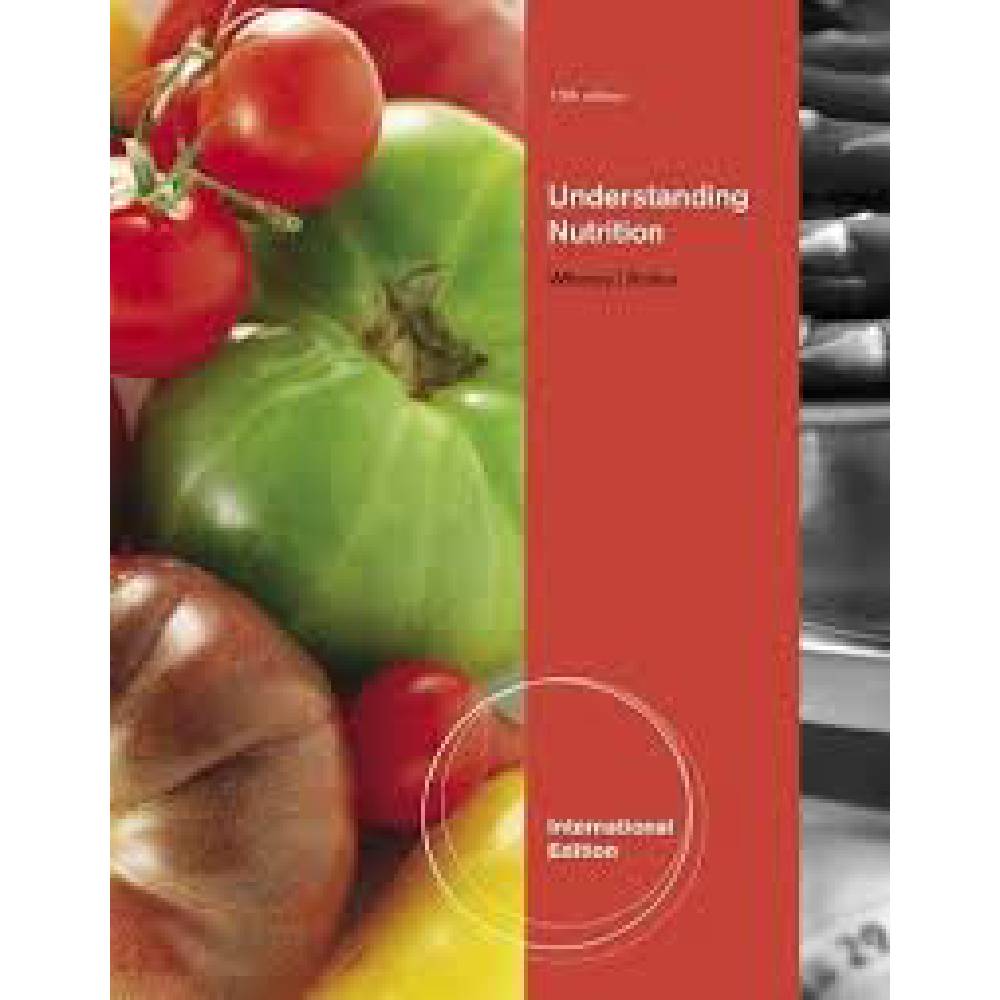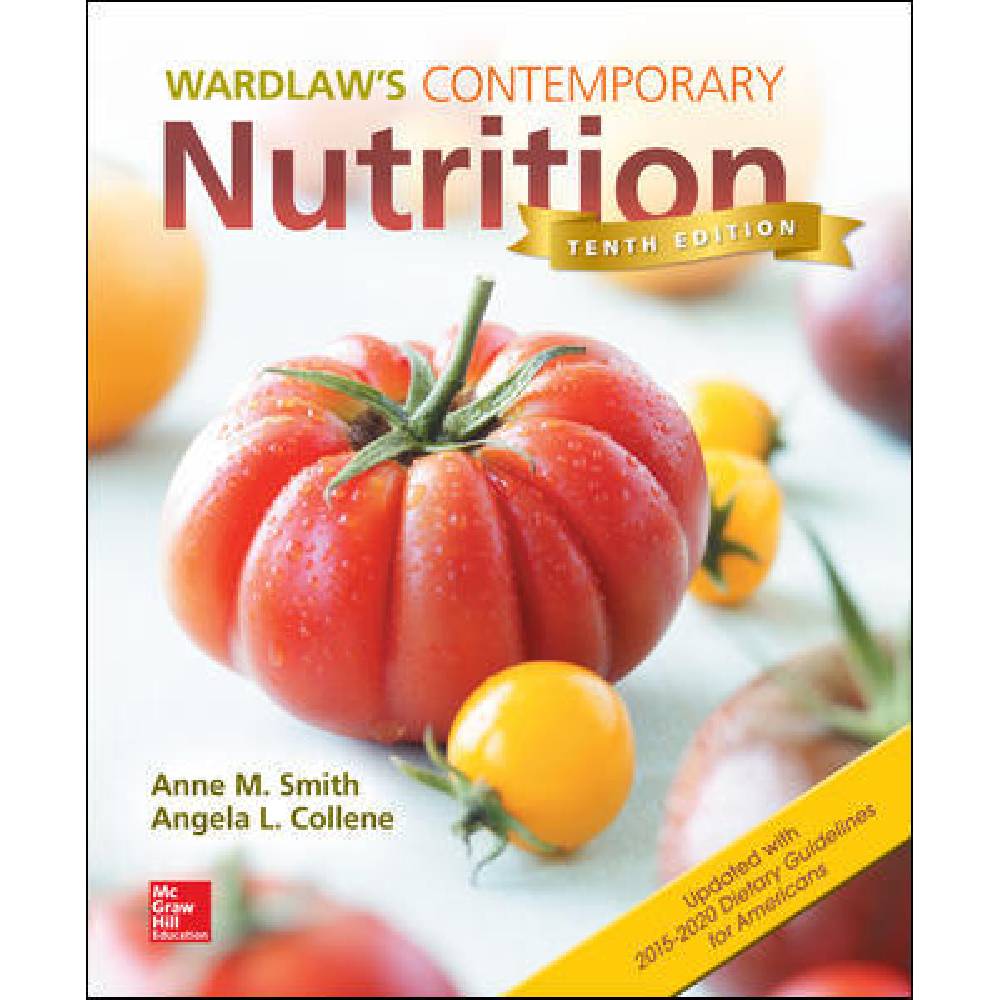Wardlaws Contemporary Nutrition Updated 10th Edition By Smith – Test Bank
$55.00
Wardlaws Contemporary Nutrition Updated 10th Edition By Smith – Test Bank
You will receive this product within 24 hours after placing the order
Overview
Chapter 11
Eating Disorders
Multiple Choice Questions
1.All of the following are true of anorexia nervosa EXCEPT
- distorted body image.
B. decreased heart rate.
C. denial of appetite.
D. increased body temperature.
Blooms Level: 1. Remember
Learning Outcome: 11.03 Enumerate physical and mental characteristics of anorexia nervosa, and outline current best practices for its treatment.
Section: 11.02 Anorexia Nervosa
Topic: Anorexia nervosa
- Anorexia nervosa sufferers
A.tend to be between 25 and 35 years of age.
B. tend to be adolescent and early adult girls.
C. usually acknowledge the existence of their disease.
D.see themselves as thin even though they are overweight.
Blooms Level: 1. Remember
Learning Outcome: 11.03 Enumerate physical and mental characteristics of anorexia nervosa, and outline current best practices for its treatment.
Section: 11.02 Anorexia Nervosa
Topic: Anorexia nervosa
- Which of the following is characteristic of bulimics?
A.Binge eating
B. Have obvious symptoms
C. Tend to be very thin
D. Are almost never male
Blooms Level:1. Remember
Learning Outcome: 11.03 Enumerate physical and mental characteristics of anorexia nervosa, and outline current best practices for its treatment.
Section: 11.03 Bulimia Nervosa
Topic: Bulimia nervosa
4.Characteristics of anorexia nervosa include all the following EXCEPT
- body weight 15 percent below expected.
B. intense fear of becoming too thin.
C. feels fat even when emaciated.
D. amenorrhea.
Blooms Level: 1. Remember
Learning Outcome: 11.03 Enumerate physical and mental characteristics of anorexia nervosa, and outline current best practices for its treatment.
Section: 11.02 Anorexia Nervosa
Topic: Anorexia nervosa
5.Criteria for diagnosing bulimia nervosa include all the following EXCEPT
- overconcern with body shape and weight.
B. a sense of lack of control over eating behaviors.
C. uses compensatory behaviors like self-induced vomiting.
D. two binge-eating episodes per week for at least 3 months.
Blooms Level: 1. Remember
Learning Outcome: 11.04 Enumerate physical and mental characteristics of bulimia nervosa, and outline current best practices for its treatment.
Section: 11.03 Bulimia Nervosa
Topic: Bulimia nervosa
- Prevention of eating disorders might include any of the following EXCEPT
A.discourage dieting.
B. teach normal, healthy approach to eating and nutrition.
C. encourage eating in relation to hunger and satiety cues.
D. weighing often.
Blooms Level:3. Apply
Learning Outcome: 11.07 Describe methods to reduce the development of eating disorders, including the use of warning signs to identify early cases.
Section: 11.07 Prevention of Eating Disorders
Topic: Other eating disorders
- Which characteristic is more indicative of bulimia than anorexia nervosa?
A.Rigid, disciplined dieting
B. Feeling a sense of power because of strict discipline and self-denial
C. Fluctuating weight
D. Lack of menstruation
Blooms Level: 4. Analyze
Learning Outcome: 11.04 Enumerate physical and mental characteristics of bulimia nervosa, and outline current best practices for its treatment.
Section: 11.03 Bulimia Nervosa
Topic: Bulimia nervosa
- Which of the following is NOT a sign or symptom of night eating syndrome?
A.Not feeling hungry in the morning and delaying the first meal until several hours after waking
B. Overeating in the evening with more than one-third of daily food intake after dinner
C. Difficulty staying awake and not feeling hungry before falling asleep at night
D. Feeling depressed, especially at night
Blooms Level: 1. Remember
Learning Outcome: 11.06 Describe still other forms of eating disorders, including night eating syndrome and the female athlete triad.
Section: 11.05 Other Eating Disorders
Topic: Other eating disorders
- All of the following can trigger anorexia nervosa EXCEPT
A.comments from significant others about being too fat.
B. a job or profession that demands maintaining a certain weight.
C. feeling too thin in one’s clothes.
D. leaving home and family for college.
Blooms Level: 2. Understand
Learning Outcome: 11.02 Describe current hypotheses about the origins of eating disorders.
Section: 11.01 From Ordered to Disordered Eating Habits
Topic: Anorexia nervosa
- Night eating syndrome is characterized by evening hyperphagia, which is defined as
A. eating all of total daily calories after the evening meal.
B. eating one-half of total daily calories after the evening meal.
C. eating one-half of total daily calories at the evening meal.
D. eating more than one-third of total daily calories after the evening meal.
Blooms Level: 1. Remember
Learning Outcome: 11.06 Describe still other forms of eating disorders, including night eating syndrome and the female athlete triad.
Section: 11.05 Other Eating Disorders
Topic: Other eating disorders












Reviews
There are no reviews yet.